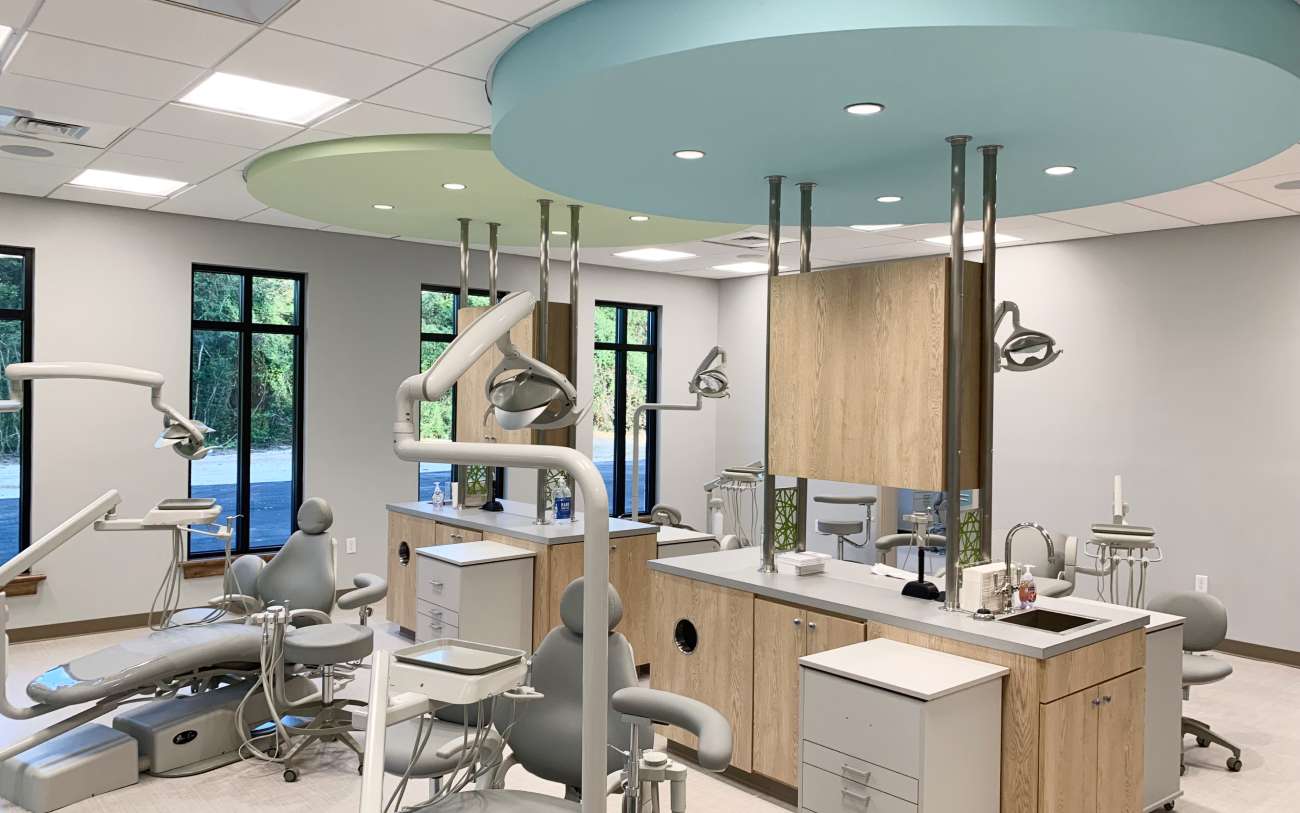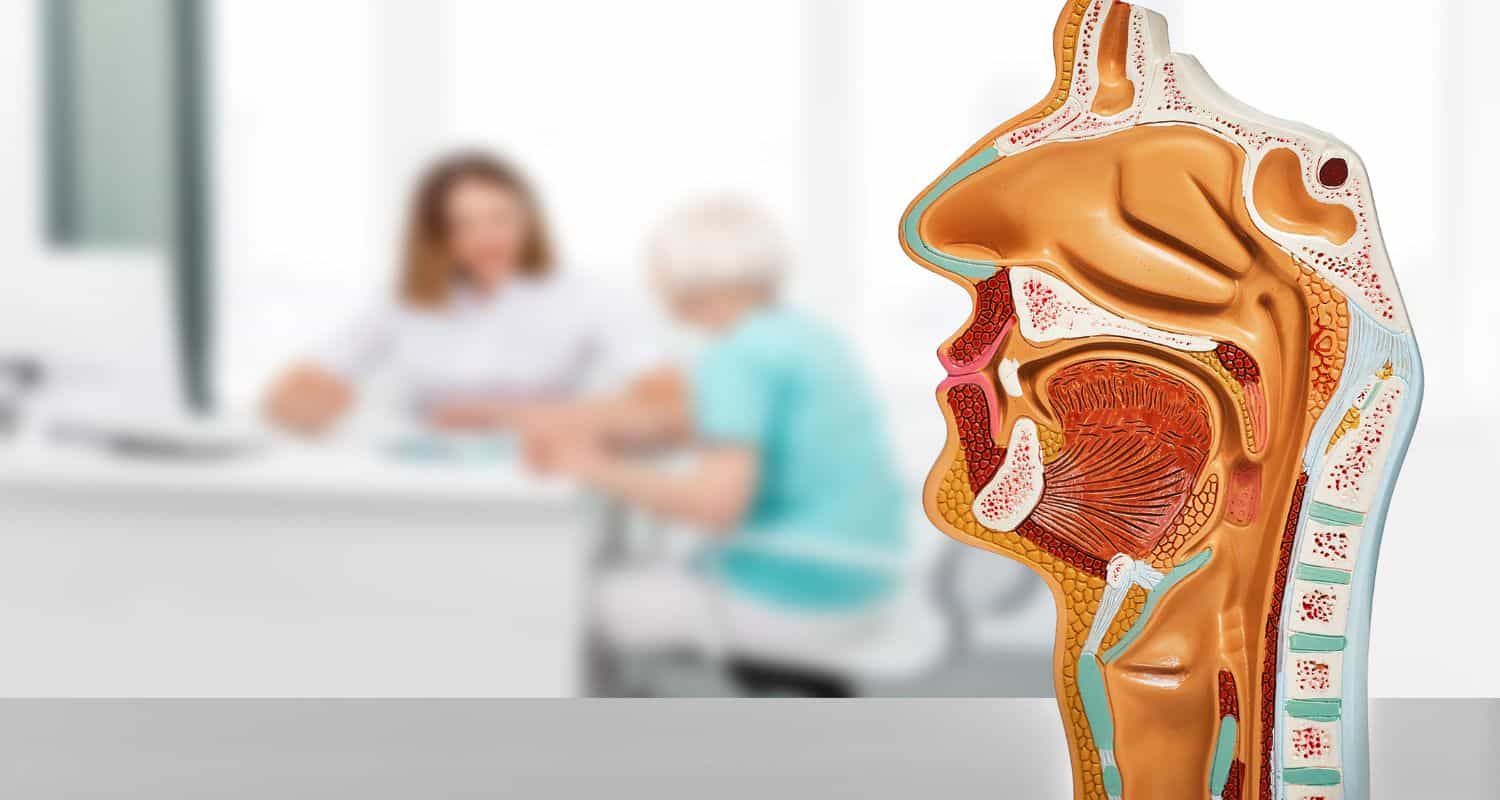Everything You Need to Know About Visiting an Orthodontist in Abu Dhabi

A healthy smile is more than just a sign of good oral health—it also boosts self-confidence and enhances overall appearance. While regular dental care focuses on maintaining teeth and gums, orthodontics specializes in correcting misaligned teeth and bite problems. For those seeking straighter teeth and improved jaw alignment, orthodontic treatment provides tailored solutions that combine function with aesthetics.
Who Is an Orthodontist?
An orthodontist in Abu Dhabi is a dental specialist trained to diagnose, prevent, and correct irregularities of the teeth and jaws. Orthodontists use braces, aligners, retainers, and other advanced methods to guide teeth into their proper positions, ensuring a balanced bite and a more confident smile. Unlike general dentistry, orthodontics requires additional years of specialized education, focusing specifically on alignment and facial structure.
Common Issues Treated by Orthodontists
Crowded Teeth
When teeth overlap due to limited jaw space, it can cause difficulties with cleaning and increase the risk of cavities and gum disease.
Gaps Between Teeth
Spaces between teeth may result from missing teeth, abnormal jaw growth, or natural spacing issues.
Overbite
This occurs when the upper front teeth overlap the lower teeth excessively, which can cause uneven wear and jaw discomfort.
Underbite
When the lower teeth extend past the upper front teeth, it can impact chewing and speaking.
Crossbite
A crossbite can occur when some upper teeth sit inside the lower teeth, often leading to jaw strain.
Open Bite
In this case, the upper and lower teeth do not touch when the mouth is closed, making chewing less efficient.
Types of Orthodontic Treatments
Traditional Braces
Metal braces remain one of the most effective ways to correct severe misalignment. They use brackets and wires to gradually move teeth into proper positions.
Ceramic Braces
These function like metal braces but are made of tooth-colored or clear materials, making them less noticeable.
Lingual Braces
Placed on the back surfaces of the teeth, lingual braces are hidden from view, offering a discreet option.
Clear Aligners
Clear aligner systems are removable and nearly invisible, making them popular among adults and teens who prefer a subtle treatment method.
Retainers
After the active phase of treatment, retainers help maintain the new alignment and prevent relapse.
Benefits of Orthodontic Care
- Improved Oral Health: Straighter teeth are easier to clean, reducing risks of gum disease and decay.
- Better Functionality: Correcting bite issues enhances chewing and speaking abilities.
- Enhanced Confidence: A well-aligned smile can significantly boost self-esteem.
- Reduced Wear and Tear: Properly aligned teeth distribute pressure evenly, preventing premature wear.
- Long-Term Savings: Addressing alignment early can reduce the need for extensive dental treatments later.
The Orthodontic Treatment Process
Step 1: Consultation
The orthodontist examines teeth, jaws, and facial structure through X-rays, photos, and digital scans.
Step 2: Personalized Plan
A treatment plan is designed based on the patient’s needs, lifestyle, and preferences.
Step 3: Active Treatment
Braces, aligners, or other devices are applied and adjusted over time to gradually shift teeth.
Step 4: Monitoring Progress
Regular visits ensure the treatment stays on track and adjustments are made as needed.
Step 5: Retention Phase
Once alignment is achieved, retainers are used to maintain the results.
At What Age Should You Visit an Orthodontist?
While orthodontic treatment can benefit people of all ages, early evaluation is recommended for children around age seven. Early assessment helps identify potential issues and allows for timely intervention. However, adults can also achieve excellent results with modern orthodontic options designed for comfort and discretion.
Everyday Care During Orthodontic Treatment
- Brush and floss carefully to prevent plaque buildup around brackets or aligners.
- Limit sugary and sticky foods that can damage orthodontic devices.
- Follow the orthodontist’s instructions on appliance wear and adjustments.
- Keep up with regular dental checkups alongside orthodontic visits.
Myths About Orthodontic Care
- Myth 1: Braces Are Only for Children
Adults can benefit equally from orthodontic care, especially with modern, discreet options. - Myth 2: Treatment Takes Forever
Advances in technology have shortened treatment times in many cases. - Myth 3: Orthodontics Is Only About Appearance
Beyond aesthetics, orthodontic treatment significantly improves oral health and functionality.
The Future of Orthodontics
Technological progress is transforming orthodontic care. Digital impressions, 3D printing, and AI-powered treatment planning are making treatments more efficient and comfortable. The future promises even shorter treatment times, more precise alignments, and personalized solutions tailored to each patient’s needs.
Conclusion
Orthodontics is about more than creating a beautiful smile—it is about improving oral health, functionality, and overall quality of life. By addressing issues like crowding, bite misalignment, and spacing, an orthodontist in Abu Dhabi can provide patients with long-lasting results that enhance both appearance and comfort. With advancements in techniques and technology, orthodontic care today is more accessible, discreet, and effective than ever before.







